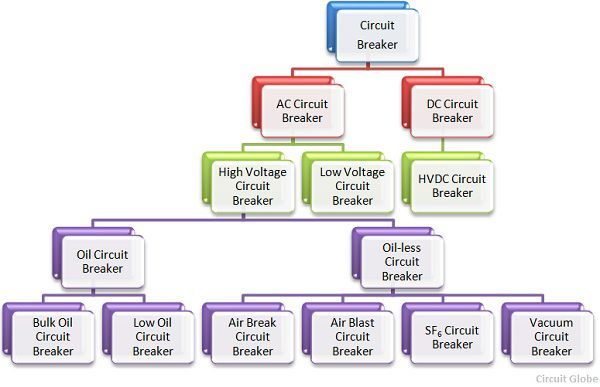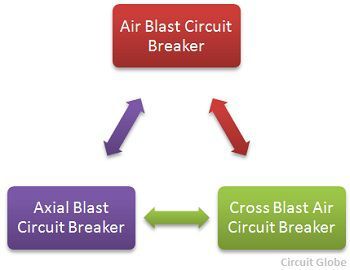A circuit breaker is an automatically operated electrical switch designed to protect an electrical circuit from damage caused by excess current from an overload or short circuit. Its basic function is to interrupt current flow after a fault is detected. Unlike a fuse, which operates once and then must be replaced, a circuit breaker can be reset (either manually or automatically) to resume normal operation.
The DIN rail-mounted thermal-magnetic miniature circuit breaker is the most common style in modern domestic consumer units and commercial electrical distribution boards throughoutEurope. The desigN includes the following components:
Circuit breakers are made in varying sizes, from small devices that protect low-current circuits or individual household appliance, up to large switchgear designed to protect high voltage circuits feeding an entire city. The generic function of a circuit breaker, or fuse, as an automatic means of removing power from a faulty system is often abbreviated as OCPD (Over Current Protection Device).
Types Circuit breakers
2 Solid-state
3 Magnetic
4 Thermal-magnetic
5 Magnetic-hydraulic
6 Common trip (ganged) breakers
7 Shunt-trip units
8 Medium-voltage
9 High-voltage
10 Sulfur hexafluoride (SF6) high-voltage
11 Disconnecting circuit breaker (DCB)
12 Carbon dioxide (CO2) high-voltage
13 "Smart" circuit breakers
14 Other breakers




MCCB
RCCB
Air Circuit breaker
Oil circuit breaker
Vacuum circuit breakers
SF6 Circuit breakers
Single pole circuit breaker




No comments:
Post a Comment